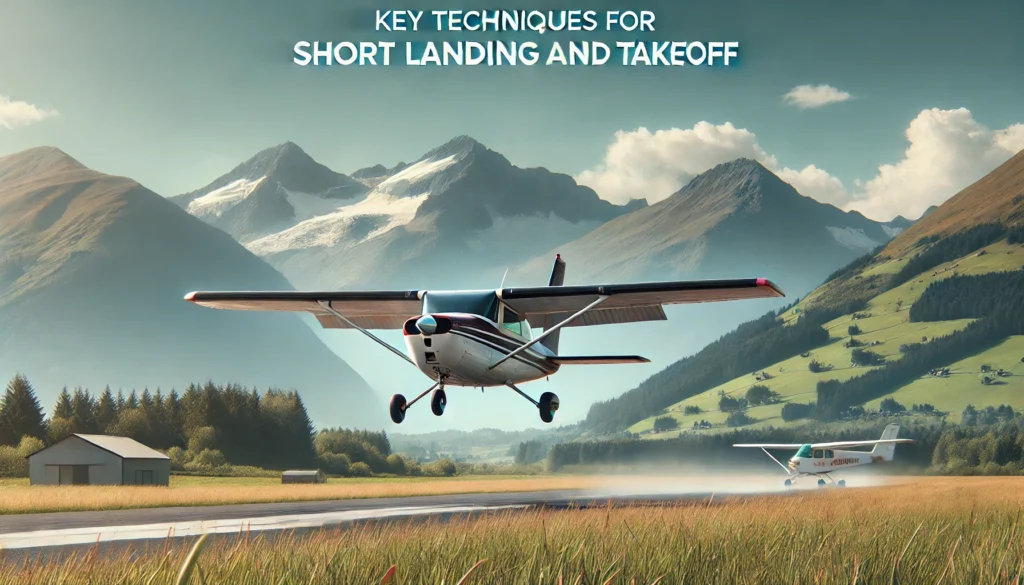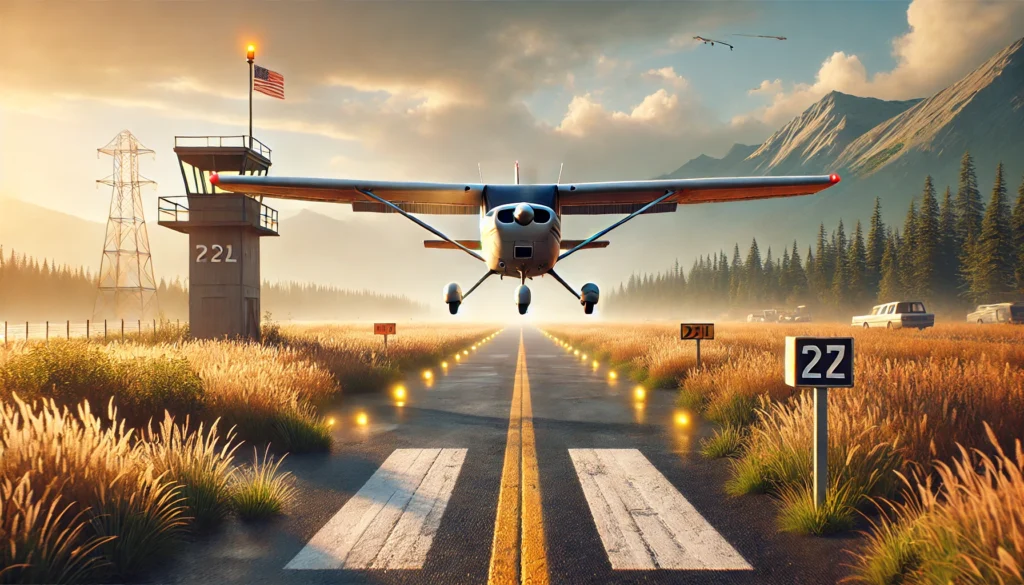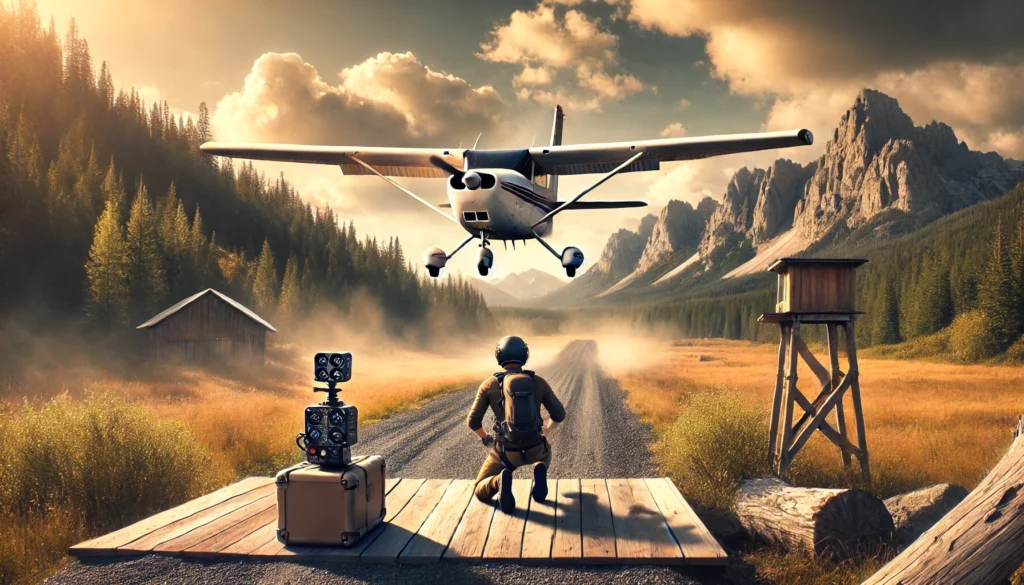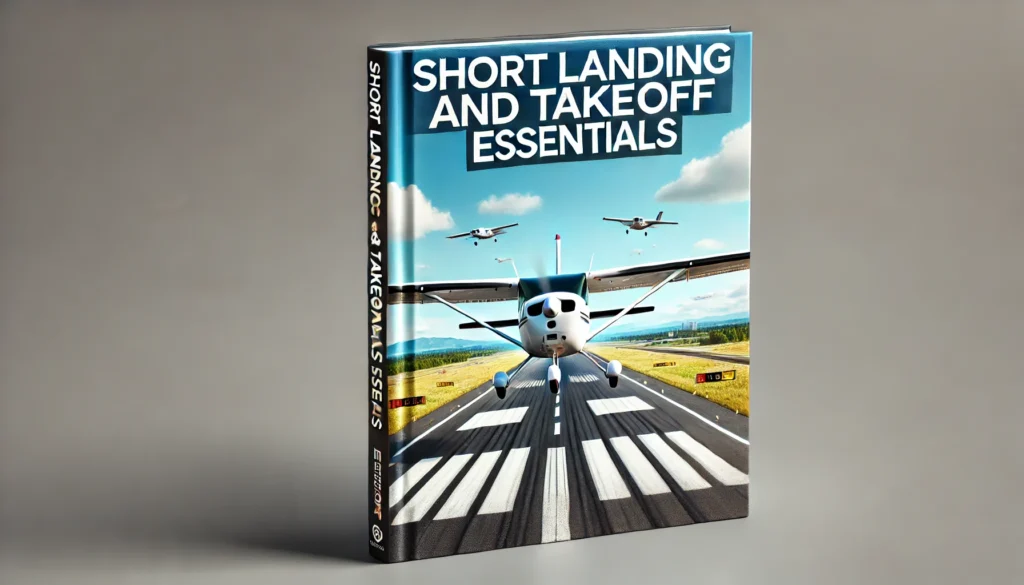Welcome to “Wings Over Clouds“! Today, we’re diving into the fascinating world of short landing and takeoff (STOL). As a passionate aviator, I understand how crucial mastering STOL techniques are for enhancing safety and expanding your flying capabilities. This comprehensive guide will cover everything you need to know about short landing and takeoff, offering insights, tips, and personal experiences to help you excel.
What is Short Landing and Takeoff (STOL)?

Short landing and takeoff, often referred to as STOL, is a set of aviation techniques designed to enable aircraft to take off and land on shorter runways than usual. These techniques are especially useful in remote or challenging environments where runway length is limited. Mastering STOL requires a combination of precise piloting skills, aircraft performance knowledge, and an understanding of environmental factors.
Why is STOL Important?
STOL is crucial for various reasons:
- Access to Remote Areas: STOL techniques allow pilots to reach remote locations that are inaccessible with standard runway lengths.
- Emergency Situations: In emergency scenarios, STOL can make a significant difference in landing safely on shorter runways.
- Operational Flexibility: It enhances the flexibility and operational range of your aircraft.
- Adventure and Exploration: For those who love adventure flying, STOL opens up a world of new destinations and challenges.
Aircraft Suitable for STOL Operations
Not all aircraft are designed for STOL operations. Some popular STOL-capable aircraft include:
- Piper Super Cub: Renowned for its ruggedness and STOL capabilities.
- Cessna 180/185: Popular among bush pilots for their performance on short fields.
- De Havilland DHC-2 Beaver: A versatile workhorse in remote regions.
- Pilatus PC-6 Porter: Known for its exceptional STOL performance and reliability.
These aircraft are specifically engineered to perform well in short landing and takeoff scenarios, with features like powerful engines, high-lift wings, and robust landing gear.
Key Techniques for Short Landing and Takeoff

Short Takeoff Techniques
- Pre-Takeoff Preparation: Ensure your aircraft is at its optimal weight and balance. Remove unnecessary weight to improve performance.
- Use of Flaps: Deploy flaps to increase lift at lower speeds. Typically, setting flaps to 10-20 degrees works well for most STOL aircraft.
- Full Power Application: Apply full throttle before releasing brakes to achieve maximum acceleration.
- Rotation Speed: Lift the nose at a lower speed than usual to get airborne quickly. Be cautious not to over-rotate.
- Climb Out: Maintain a steep climb angle to clear obstacles and reach a safe altitude quickly.
Short Landing Techniques
- Approach Planning: Plan your approach carefully, considering wind conditions, runway length, and any obstacles.
- Controlled Descent: Use a steep descent angle to land accurately on the runway threshold.
- Flap Management: Deploy flaps to their maximum setting to increase drag and reduce landing speed.
- Touchdown: Aim for a soft touchdown with minimal flare to shorten the landing roll.
- Braking: Apply brakes firmly but smoothly, and use aerodynamic braking by keeping the nose up if possible.
Environmental Factors Affecting STOL
Wind Conditions
Wind plays a significant role in STOL operations. Headwinds can significantly reduce the required takeoff and landing distances, while tailwinds can increase them. Always take wind conditions into account when planning STOL operations.
Runway Surface
The surface condition of the runway affects aircraft performance. Grass, gravel, or uneven surfaces can impact the effectiveness of your takeoff and landing. It’s essential to assess the runway surface before attempting STOL.
Altitude and Temperature
High-altitude airports and hot temperatures can reduce aircraft performance due to decreased air density. Understanding how density altitude affects your aircraft is crucial for safe STOL operations.
Training for STOL
Professional Training
Investing in professional STOL training is highly recommended. Many flight schools and experienced bush pilots offer specialized STOL courses that cover both theory and practical skills.
Practice and Experience
Practice is key to mastering STOL. Regularly practicing these techniques in a controlled environment will build your confidence and skill level. Start with longer runways and gradually move to shorter ones as your proficiency improves.
Personal Experiences and Tips For STOL
My First STOL Experience
I still remember my first STOL experience vividly. The adrenaline rush of taking off from a short grass strip and landing on a tiny gravel bar was incredible. It taught me the importance of precision and control in STOL operations.
Tips for Success
- Stay Calm: Nervousness can affect your performance. Stay calm and focused on your technique.
- Know Your Aircraft: Understand your aircraft’s performance limits and capabilities.
- Continuous Learning: Keep learning and refining your skills. STOL is a continuous journey of improvement.
Safety Considerations For STOL

Safety is paramount in STOL operations. Always prioritize safety over everything else. Ensure your aircraft is well-maintained, conduct thorough pre-flight checks, and always have a backup plan in case of unforeseen circumstances.
Advanced STOL Techniques
High-Lift Devices
Some advanced STOL aircraft are equipped with high-lift devices like leading-edge slats and vortex generators. These devices enhance lift and allow for even shorter takeoff and landing distances.
Power Management
Effective power management is crucial in STOL. Understanding how to manipulate power settings to achieve optimal performance can make a significant difference in your takeoff and landing distances.
Precision Landings
Precision landings are an advanced STOL technique that involves landing on a specific point on the runway. This skill is essential for maximizing the use of short runways and avoiding obstacles.
Short Landing And Takeoff “Competitions and Events”
Valdez Fly-In and STOL Competition
One of the most famous STOL competitions is the Valdez Fly-In and STOL Competition held in Alaska. Pilots from around the world gather to showcase their STOL skills in this exciting event. It’s a great opportunity to learn from the best and see STOL techniques in action.
Other STOL Events
Various aviation events and fly-ins feature STOL demonstrations and competitions. Participating in these events is a great way to gain experience and network with other STOL enthusiasts.
STOL “Final Thoughts”

Mastering short landing and takeoff techniques is a valuable skill for any pilot. It opens up a world of possibilities, from accessing remote areas to enhancing your emergency preparedness. Remember, practice and continuous learning are key to becoming proficient in STOL. So, get out there, fly safely, and embrace the challenges and rewards of short landing and takeoff. For more aviation tips and insights, visit Wings Over Clouds. Happy flying!
If you found this guide helpful, please share it with fellow aviators. Also, check out our other articles on “Wings Over Clouds” for more aviation tips and tricks. Join our community of passionate pilots and stay updated on the latest in aviation. Moreover, also do check out our latest product range, for Safe skies and smooth landings!

